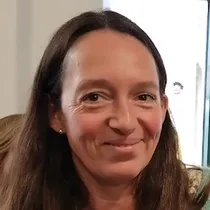- Home >
- Publications >
- Sir3 mediates long-range chromosome interactions in budding yeast
Sir3 mediates long-range chromosome interactions in budding yeast
Authors
Myriam Ruault, Vittore F. Scolari, Luciana Lazar-Stefanita, Antoine Hocher, Isabelle Loïodice, Romain Koszul, Angela Taddei
Abstract
Physical contacts between distant loci contribute to regulate genome function. However, the molecular mechanisms responsible for settling and maintaining such interactions remain poorly understood. Here, we investigate the well-conserved interactions between heterochromatin loci. In budding yeast, the 32 telomeres cluster in 3–5 foci in exponentially growing cells. This clustering is functionally linked to the formation of heterochromatin in subtelomeric regions through the recruitment of the silencing SIR complex composed of Sir2/3/4. Combining microscopy and Hi-C on strains expressing different alleles of
Teams

Members

MYRIAM RUAULT
Ingénieur de recherche
ANGELA TADDEI
CNRS Research Director

